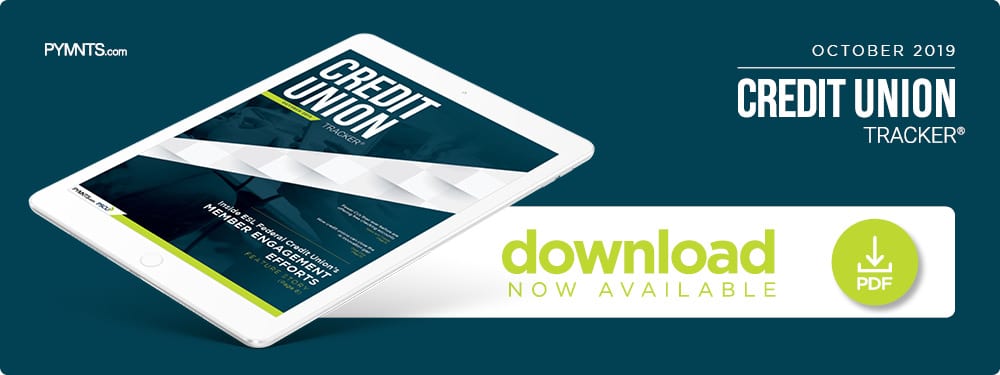Why Data-Centric Means Member-Centric for CUs

Credit unions (CUs) are a worldwide phenomenon, with the World Council of Credit Unions’ newly-released 2018 Statistical Report finding that 85,400 CUs exist in 118 countries, serving more than 272.2 million members. CUs may represent a fraction of the financial market compared to banks, but they face the same challenges.
United States-based CUs have steadily gained members in recent months, yet the total number of CUs have been on a downward trend. CUNA Mutual Group reported last month that 177 fewer CUs operated than in the year prior, with mergers and acquisitions accounting for many of these losses. CUs face external challenges as well: Bank adv ocacy groups such as the American Bankers Association (ABA) and the Independent Community Bankers of America (ICBA) have been waging war against CUs in recent years, aiming to erode the public’s trust in them via negative campaigns.
ocacy groups such as the American Bankers Association (ABA) and the Independent Community Bankers of America (ICBA) have been waging war against CUs in recent years, aiming to erode the public’s trust in them via negative campaigns.
In the October “Credit Union Tracker®,” PYMNTS explores the latest in the world of CUs, including friction between CUs and banks, partnerships with third-party FinTech providers, and the use of artificial intelligence (AI) and data analytics to keep CU technology on the bleeding edge.
Developments from Around the Credit Union World
The latest salvo in the ongoing CU-bank scuffle comes via the ICBA, which launched a new campaign called “Wake Up” to highlight CUs’ alleged role in the recent New York taxi medallion controversy. CU advocacy groups claim that the negative public relations campaign ignores the real problem, that the three largest banks in the U.S. have more assets than all 5,400 American CUs combined.
New CUs continue to debut despite challenges, albeit at a slower rate than before. The first new CU to launch in Maine in 33 years received a federal charter in August, only the second issued by the government this year. Maine Harvest FCU plans to focus on providing financial services for employees and members of two farming organizations: Maine Farmla nd Trust and the Maine Organic Farmers and Gardeners Association.
nd Trust and the Maine Organic Farmers and Gardeners Association.
Third-party technology providers are also finding partnership opportunities in the CU space. Banking data platform provider MX recently unveiled MX Enabled, a centralized data platform and partner program intended to connect all types of FIs with FinTech companies. It aims to provide FIs with a single integration point and grant them access to a wide variety of FinTech products and services, including case studies, events and webinars.
For more on these and other CU news items, download this month’s Tracker.
How CUs Leverage Member Feedback to Drive Engagement
Keeping customers engaged is the primary goal of any business, and CUs are no exception. They must work to keep members returning for products and services, and for ESL Federal Credit Union, the solution is simple: listen to what their members want — and deliver. For this month’s Feature Story, PYMNTS spoke with Celeste Kier, ESL’s senior vice president and director of customer experience, about the CU’s data analytics tools it uses to process and address member feedback, including a sophisticated analytics system that processes hundreds of member comments every day.
 Deep Dive: CUs Work to Bridge the AI Innovation Gap
Deep Dive: CUs Work to Bridge the AI Innovation Gap
AI-based tools and programs are becoming commonplace in the financial industry, employed in everything from fraud detection to risk evaluation. CUs are facing an AI innovation gap from other FIs, with only 15 percent of CU executives anticipating that they will be regularly using AI in the next two years. This month’s Deep Dive explores why CUs are at risk of falling behind by lacking AI in day-to-day operations and how they can overcome the AI implementation barriers.
About the Tracker
The “Credit Union Tracker®,” done in collaboration with PSCU, is your go-to monthly resource for updates on trends and changes in the credit union industry.

